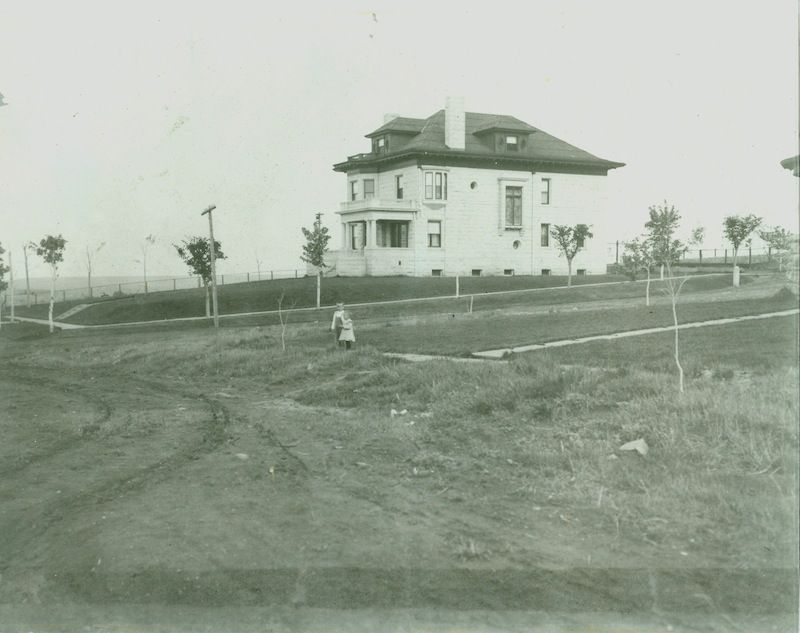A Brief History of Boulder's University Hill District
December 1, 2022 / By Carol Taylor / Features
Boulder's University Hill district, located just northwest of the University of Colorado Boulder campus, has a rich history dating back to the late 19th century.
The area was originally developed by the Denver and Boulder Land and Investment Company as a residential neighborhood for faculty and staff of the university. In an effort to encourage upscale development, the company offered free lots to the first buyers who promised to build houses valued over $2,500. However, the area struggled to attract development following the silver crash of 1893, which was a nationwide depression. Despite this, a few public buildings were constructed during this time, including Mount St. Gertrude's Academy and the Sanitarium Boarding House.

The arrival of the Texas-Colorado Chautauqua in 1899 brought new life to the University Hill district. The Chautauqua was a popular cultural and educational institution that required transportation for its attendees, leading to the construction of the electric streetcar, which ran through the commercial district on 13th Street before turning onto College Avenue and then up 9th Street to the Chautauqua. The streetcar's arrival spurred development in the area, with the construction of several commercial buildings, including the University Store and the Beach-Johnson commercial building.
In the 1920s, there was a boom in the student population at the University of Colorado, leading to a construction boom of Greek houses in classical styles and Craftsman bungalows built by faculty members for entertaining. With the building boom on The Hill in full swing, a zoning ordinance was adopted in 1928 to regulate development in the area. In the 1930s, modernist architecture was introduced to the University Hill district, adding more diversity to the area's architecture. In 1937, William Beach donated the neighborhood's first public park and playground, known as Beach Park, at the height of the Great Depression.

The Flatirons Theater, featuring a state-of-the-art fire-proof projection booth and nursery, opened in 1950, bringing movies to the University Hill district. An exception to the prohibition of alcohol, which was enacted in 1907, was made in 1933 for the sale of "non-intoxicating liquors." The Sink and Tulagi, both popular music venues, received licenses to sell 3.2 beer in 1950. Tulagi's was a famous (and infamous) club and music venue on The Hill for five decades until it was converted into commercial rental space in 2003. It now houses a CorePower Yoga studio on its second floor.

The University Hill district was known for its rock and roll scene in the 1960s, with concerts at Tulagi drawing large crowds. In the early 1970s, riots led to the construction of a police annex to maintain peace in the area. During the counterculture movement of the 1970s, fraternities and sororities lost popularity, and many Greek houses were repurposed, such as Marpa House, an urban meditation community created by Buddhists in 1977.
Thanks to Carol Taylor from the Museum of Boulder for this article. Updated Dec. 2022.
Check out Carol's article in the Daily Camera about the rich history of The Hill's architecture.
Mentioned in this Post
The Sink
1165 13th Street